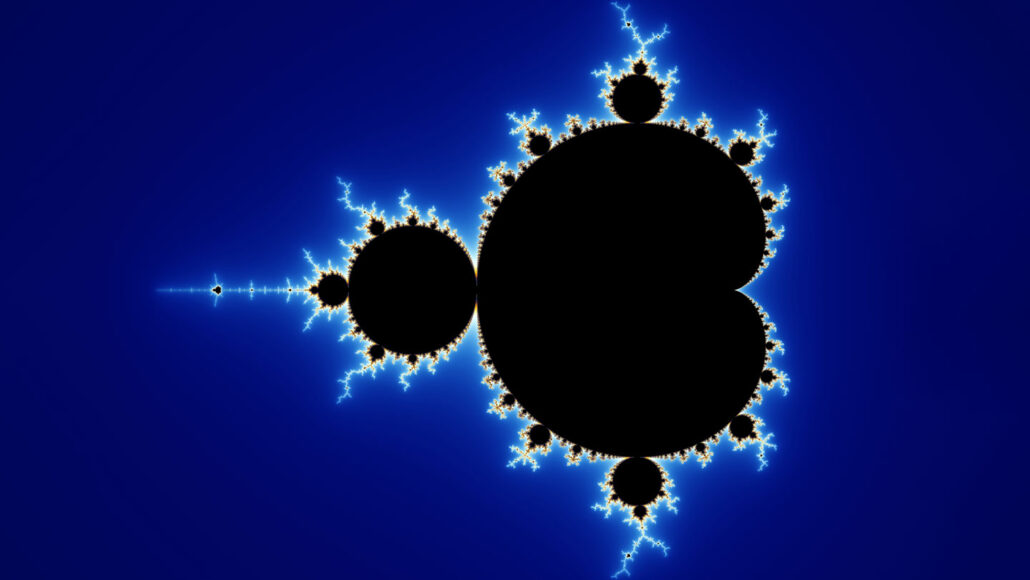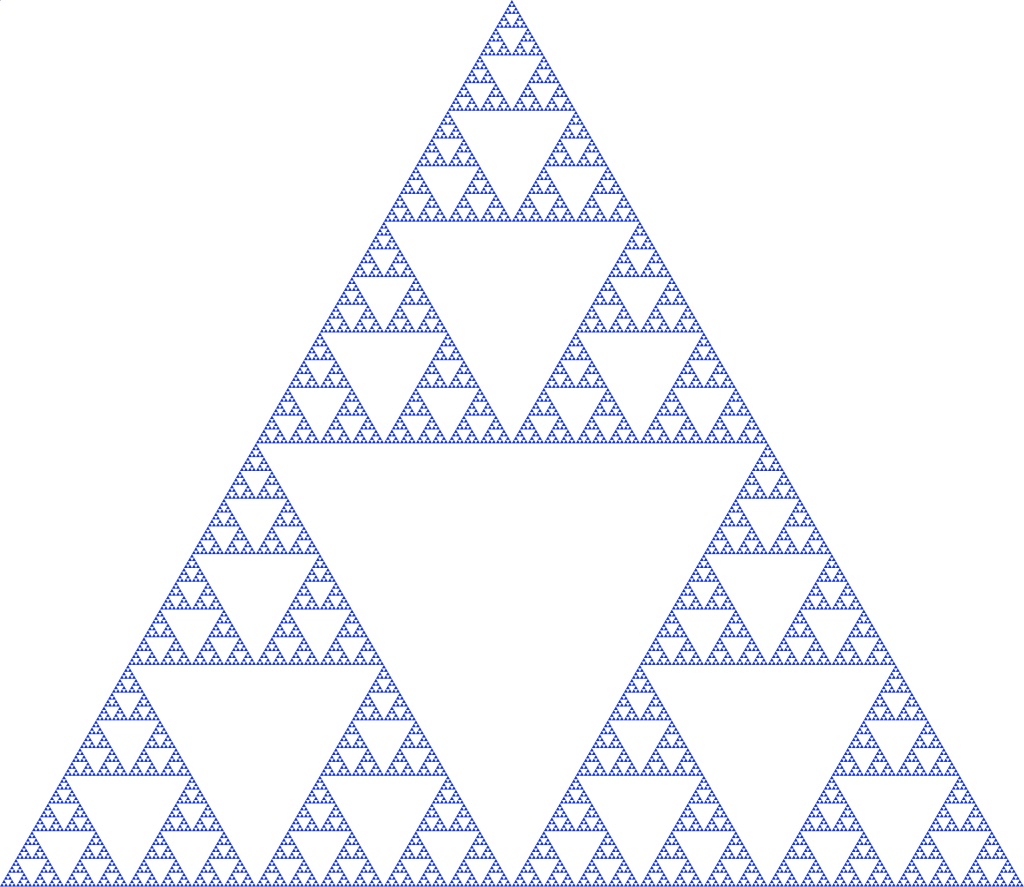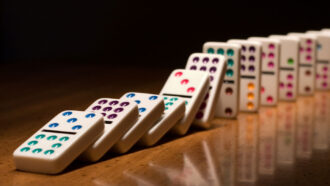Scientists Say: Fractal
Math allows us to create eternally unfolding patterns

The Mandelbrot set (pictured) is an example of a fractal. If you zoom in on the shape’s jagged edges, you’ll find keep finding smaller and smaller versions of the large overall shape.
Wolfgang Beyer/Wikimedia Commons (CC BY-SA 3.0)










